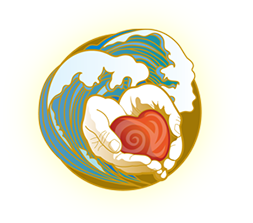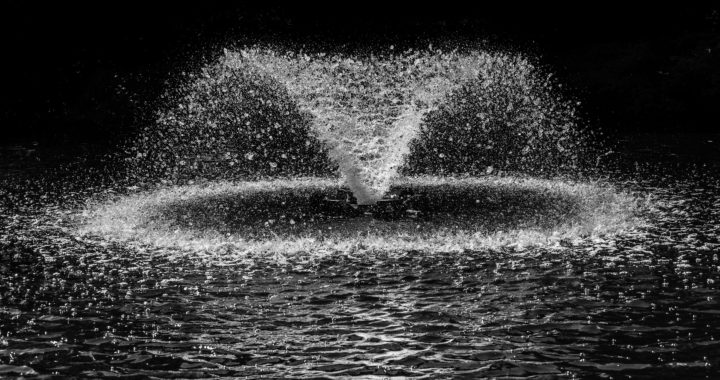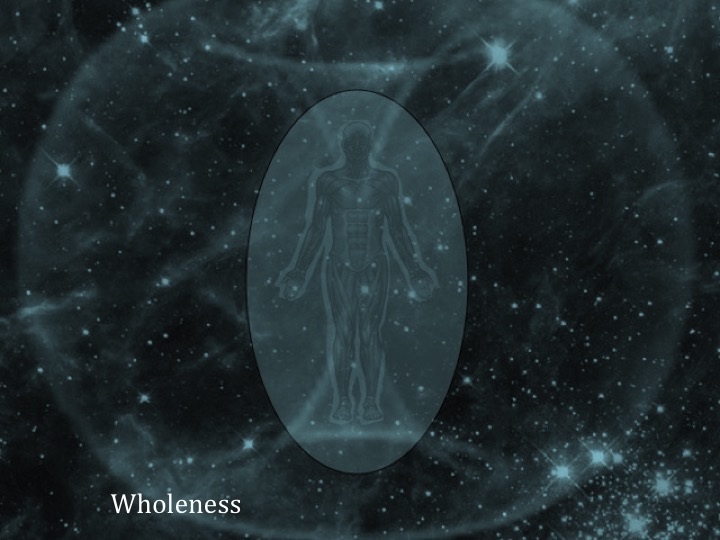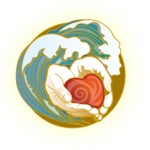Please enjoy this fantastic article from Cherionna Menzam-Sills at Therapies for Birthing Your Life. She describes eloquently and beautifully the heart and soul of the biodynamic paradigm, which is ultimately about recognizing and realizing our innate wholeness. At the School of Inner Health, we emphasize Biodynamics as the basis for all the courses we teach.
———————-
It’s important to remember that in every instance it is the process of attunement that is the point. The attainment, and the result it brings, is not something you should ever be concerned with. It is about attunement, not attainment. Beyond the attunement itself, everything else that takes place is simply a matter of expression; it is manifestation. This is a case of ‘effects’ again, and if you get hung up in that as attainment, then you have crossed your wires and you are back into the state of egotism. – Rollin Becker*
Studying and practicing Craniosacral Biodynamics involves a paradigm shift from our normal, cultural modes of action and perception in our modern, western world. We are trained from an early age to orient towards doing. Our value, our “progress,” even our right to exist, are often measured by our accomplishments in the external world. Modern medical practice is based in this paradigm, where the doctor’s job is to diagnose the problem and then apply some external fix: medication, surgery, radiation, etc.
Many forms of bodywork understandably also work within this paradigm. Find the problem and fix it! The problem may be viewed as a tension pattern in the muscles or soft tissues, dysfunction of the nervous system, unusual movement in the cranial bones, etc. In biomechanical forms of bodywork, including Craniosacral Therapy, the practitioner then applies his or her skills to try to fix the problem, to bring things back to what is viewed as “normal.”
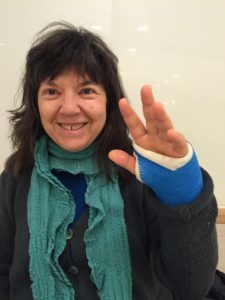
In Biodynamics, we recognize the changes in tissues, patterns, etc. as effects of deeper forces at work. We understand that, in attempting to change them, we introduce additional external forces to the picture, which then also need to be managed by the client’s system. Our interest is primarily in the deeper forces generating the issues and patterns presenting.
When I broke my wrist, the Biodynamic sessions I received helped me discharge the shock from the accident out of my system. Being more settled and relaxed enhanced my body’s abilities to heal. As the practitioner oriented to the health and potency in my system, I could also rest into it, observing it do its work. My Continuum practice also supported this experience, as my inner waters began to flow where the shock had frozen them.
Who Am I? Letting Go Into the Unknown
In training new Biodynamic students, we consistently witness their struggle to shift paradigms. We may think we are focusing on health and allowing the deeper forces to do their work, but our habitual needs to do something, to be recognized and acknowledged (including by ourselves), to feel useful, to attain something, and to know can all get in the way, often without our awareness.
Useful questions to ask ourselves as we embark or continue on our Biodynamic journey include: How do I define myself? Who am I? How do I know that? What is important to me? What are my deepest values? What do I need to accomplish here? How do I be with what is challenging? How do I feel about not knowing?
Biodynamics is very much about being in the space between, which is where change happens. In this space, things are neither this nor that. The forces generating an issue may be in a state of balance with the forces supporting health. We perceive a relative stillness. Here, in stillness, the most profound healing occurs.
Remember that the words “healing” and “health” relate in meaning to “wholeness.” We facilitate the clearer expression of health and wholeness through letting go of our need to be separate, special, powerful, or even knowledgeable… Can we just be? Can we allow ourselves to be present with the wholeness of what presents? This includes the client, their pain and their resilience. It also includes the subtle energetic fields within fields of support, generated by the Breath of Life, the mysterious presence that guides and supports life. William Sutherland, founder of cranial osteopathy, spoke often of “Intelligence with a capital I.” Can we trust the Intelligence to do the work?
The inherent treatment plan guided by this Intelligence may unfold quite differently than we would imagine. If I as practitioner have an idea about what needs to happen and try to make it happen, I may interfere with a greater, more Intelligent plan I cannot fully know. Can I be with that not knowing? Can I be with the time it takes for the system to settle deeply enough for wholeness and primary respiration to come forward in the Holistic Shift, and for the potency, or life energy, to choose what issue to address? Can I attune to the health and wholeness, rather than trying to attain what I think needs to happen?
Here, I quote myself from my forthcoming book, The Breath of Life: An Introduction to Craniosacral Biodynamics (North Atlantic Books, Spring, 2018):
“Our job (as practitioners) is to settle under our own individual ego self needs and to allow ourselves to be guided by a mysterious intelligence beyond our ability to fully define, describe or direct. When we learn to surrender to this profound force, we not only become a vehicle for the Breath of Life, but we also become available to receive its gifts directly. We may find our hearts opening with a sense of love pouring through us as we sit in awe of the healing process we, and our clients, witness together. We may also find we begin to live our lives differently.”
This potential reward of our Biodynamic journey becomes available as we meet the challenges, learning to let go, to trust, and to be with the unfolding of the mysterious unknown.
* from Becker, R. E. (2000). The stillness of life: The osteopathic philosophy of Rollin E. Becker. Stillness Press, p. 32.
Source: Trust and Attunement: A Biodynamic Path, by Cherionna Menzam-Sills
Would you like to keep up to date with the happenings of the School of Inner Health and receive updates on upcoming courses, workshops, and trainings? Sign up for our newsletter here!
